Growth of Home Audio Systems
The Speaker Amplifier Market is witnessing a significant growth in home audio systems, driven by changing consumer preferences towards home entertainment. As more individuals invest in creating immersive audio experiences at home, the demand for high-performance speaker amplifiers is on the rise. This trend is supported by the increasing popularity of streaming services and high-definition audio formats, which necessitate advanced amplification solutions. Recent market analysis indicates that the home audio segment is expected to grow at a rate of 9% annually, reflecting a shift in consumer behavior towards premium audio experiences. Consequently, manufacturers are focusing on developing amplifiers that cater specifically to home audio enthusiasts, further propelling market growth.
Rising Demand for High-Quality Audio
The Speaker Amplifier Market experiences a notable surge in demand for high-quality audio solutions. As consumers increasingly prioritize superior sound experiences, manufacturers are compelled to innovate and enhance their product offerings. This trend is particularly evident in sectors such as home entertainment and professional audio, where the need for clarity and depth in sound reproduction is paramount. According to recent data, the market for high-fidelity audio equipment is projected to grow at a compound annual growth rate of approximately 8% over the next five years. This growth is likely to drive advancements in amplifier technology, leading to more efficient and powerful speaker amplifiers that cater to discerning audiophiles and casual listeners alike.
Technological Advancements in Amplifier Design
Technological advancements play a crucial role in shaping the Speaker Amplifier Market. Innovations such as digital signal processing, Class D amplification, and wireless connectivity are revolutionizing how amplifiers are designed and utilized. These advancements not only enhance sound quality but also improve energy efficiency, making amplifiers more appealing to environmentally conscious consumers. The integration of smart technologies, such as app-controlled settings and voice activation, further elevates user experience. Market data suggests that the adoption of these technologies is likely to increase, with a projected growth in smart amplifier sales by approximately 15% over the next few years. This trend indicates a shift towards more sophisticated audio solutions that cater to modern consumer preferences.
Expansion of the Entertainment and Events Sector
The Speaker Amplifier Market is significantly influenced by the expansion of the entertainment and events sector. As live performances, concerts, and public events become more prevalent, the demand for robust audio solutions escalates. This sector's growth is reflected in the increasing number of music festivals and corporate events, which require high-quality sound systems to ensure an immersive experience for attendees. Market analysis indicates that the professional audio segment, which includes speaker amplifiers, is expected to witness a growth rate of around 10% annually. This trend suggests that as the events industry continues to flourish, the need for reliable and powerful speaker amplifiers will remain a driving force in the market.
Increased Focus on Customization and Personalization
The Speaker Amplifier Market is increasingly characterized by a focus on customization and personalization. Consumers are seeking audio solutions that not only meet their technical requirements but also align with their aesthetic preferences. This trend is evident in the rise of customizable speaker amplifiers that allow users to select colors, finishes, and features that suit their individual tastes. Market Research Future indicates that the demand for personalized audio products is likely to grow, with a projected increase of 12% in sales of customizable amplifiers over the next few years. This shift towards personalization suggests that manufacturers must adapt their strategies to cater to this evolving consumer expectation, thereby enhancing their competitive edge in the market.

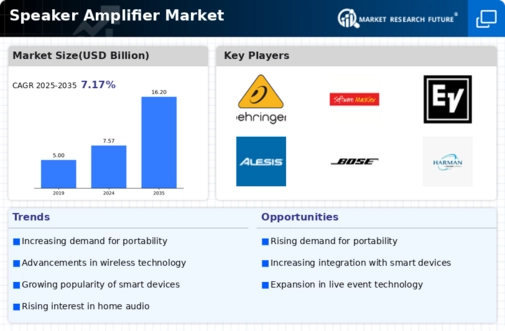
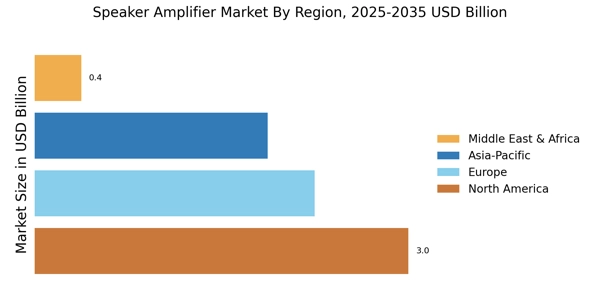
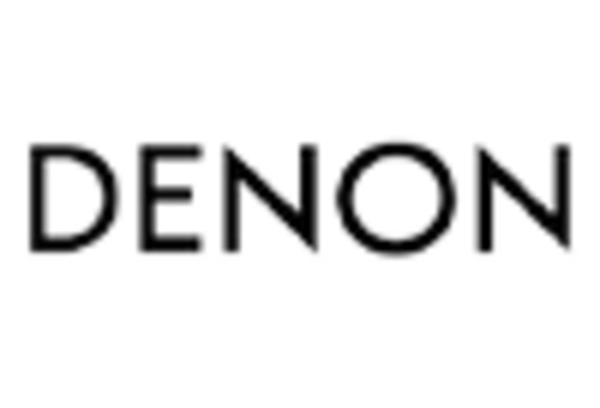
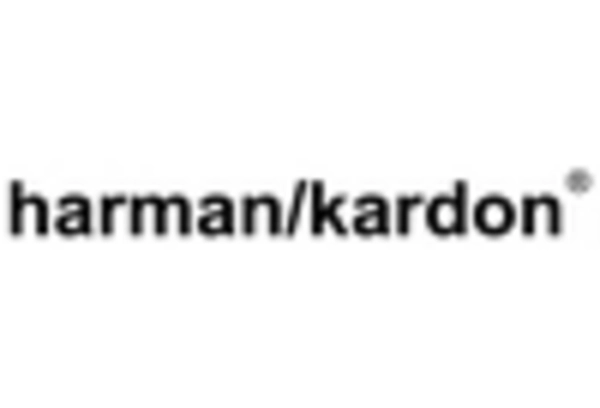
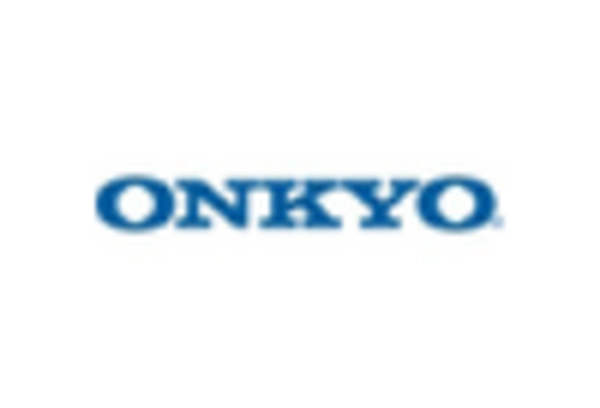
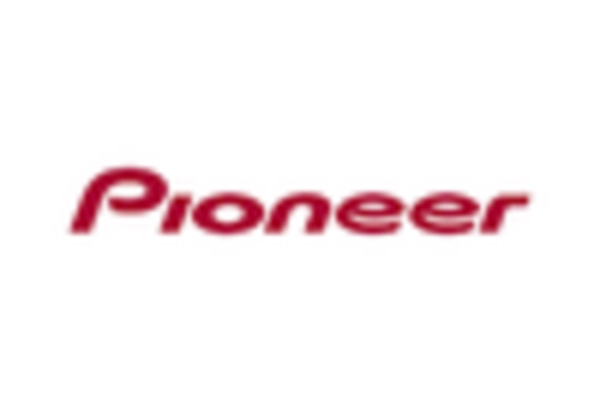

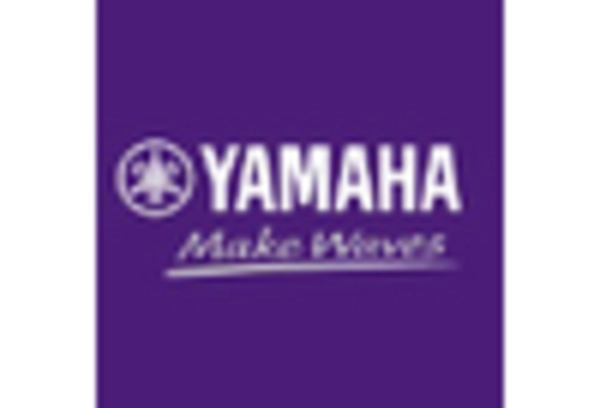








Leave a Comment